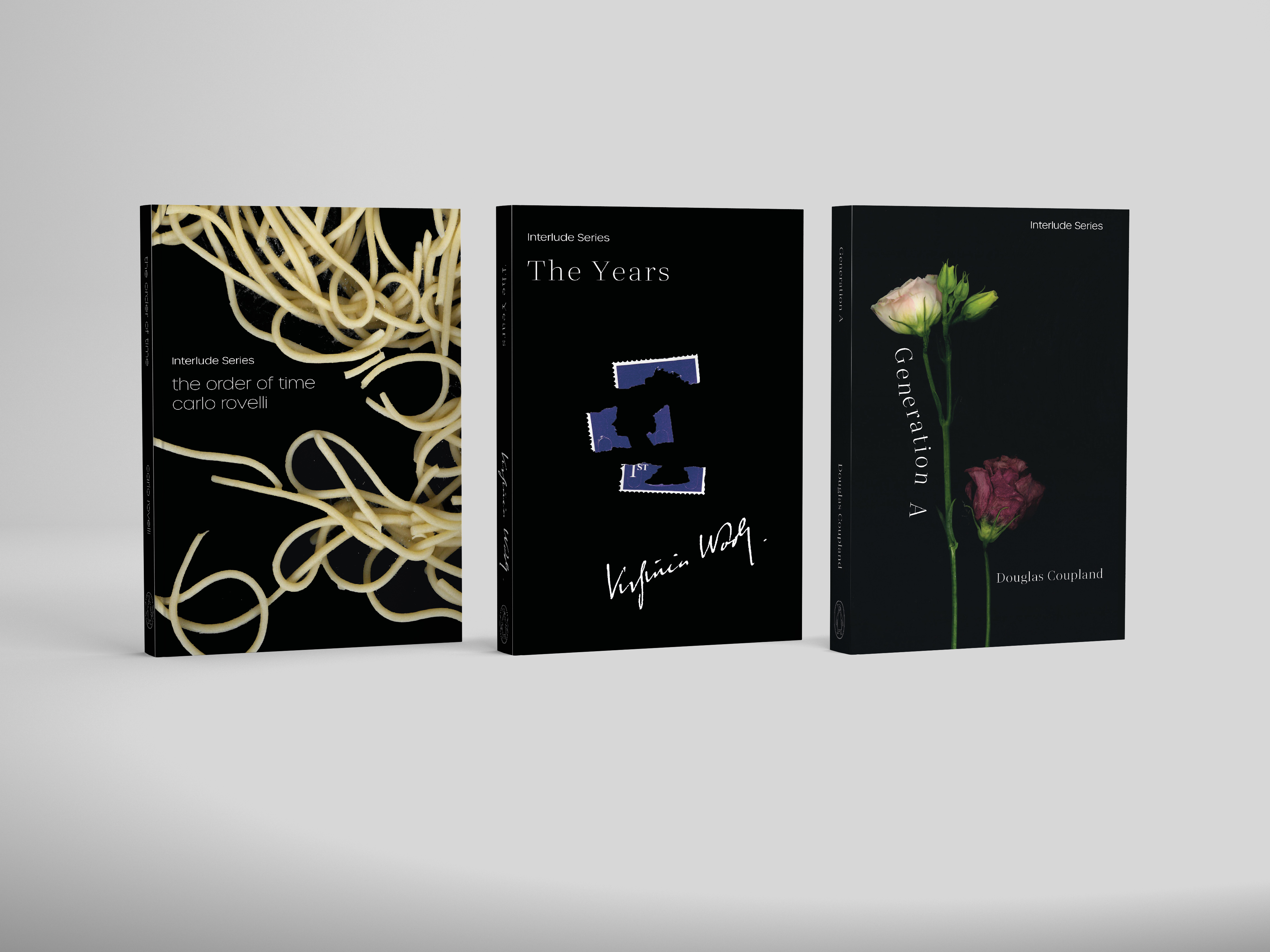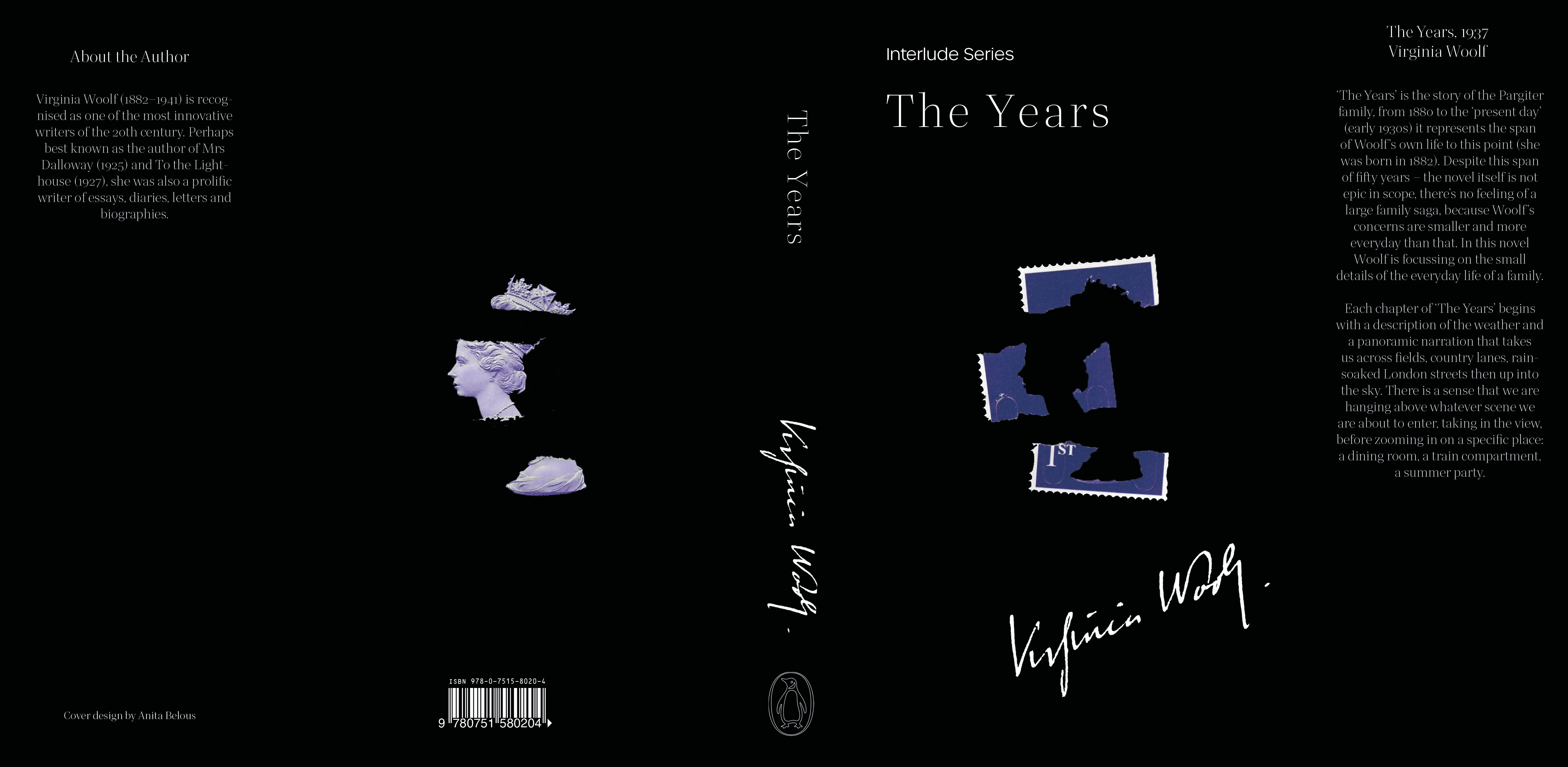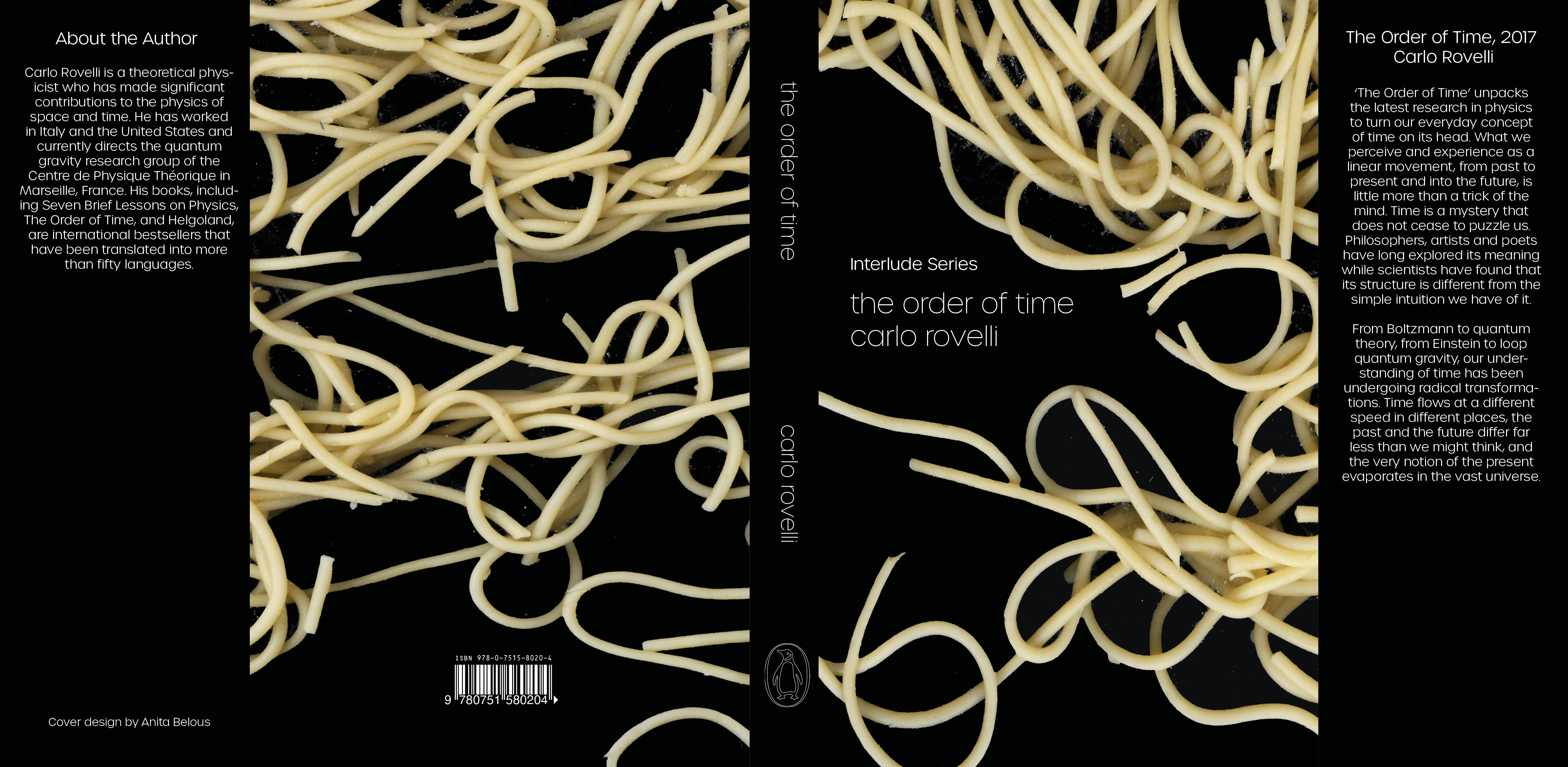Reinvigorating classic literature with symbolic, experimental designs for modern readers.
Book Covers Design / Art Direction

The Brief
The task was to design a cohesive series of Penguin Interlude book covers that reintroduce classic literary works to a contemporary audience. The challenge involved working with unfamiliar subject matter, that reflect thematic or narrative links between titles and applying thoughtful design to create a visually unified set of books. Designs needed to consider the full physical and visual experience of the book: front, back and spine, balancing aesthetic appeal with readability and strong hierarchy.The Insight
Classic literature is timeless, but sometimes its visual presentation doesn’t connect with today’s readers. As the article Why Are We Seeing So Many Photographs on Book Covers? notes, "Covers matter beyond the stores where books are purchased or passed over; readers return to them hundreds of times over as they tunnel through a book.” This shows that book covers are more than just tools for selling; they’re the first doorway into a story. To make these books feel relevant again, design needs to reflect the values that today’s audience cares about, like emotional depth and cultural connection. By using symbolic imagery and meaningful design, it can make these classic stories feel fresh for modern readers.The Solution
The concept for this book cover series centered around the theme of time, bringing all three books together through photographic interpretations. I used unexpected imagery, such as decaying wildflowers to reflect the dystopian absence of bees and pollination, fragmented stamps to express historical dissonance, and spaghetti as a humorous metaphor for warped time to transform abstract literary themes into compelling visuals.The designs were shaped into a cohesive jacket series, with consistent layout and typography, while still allowing each book’s unique voice to shine through. By tapping into the emotional themes and tones of the texts, I created covers that felt fresh and engaging, yet deeply connected to their literary roots. The final outcome invites readers not just to read, but to visually experience the stories, bridging traditional literature with modern interpretation.





